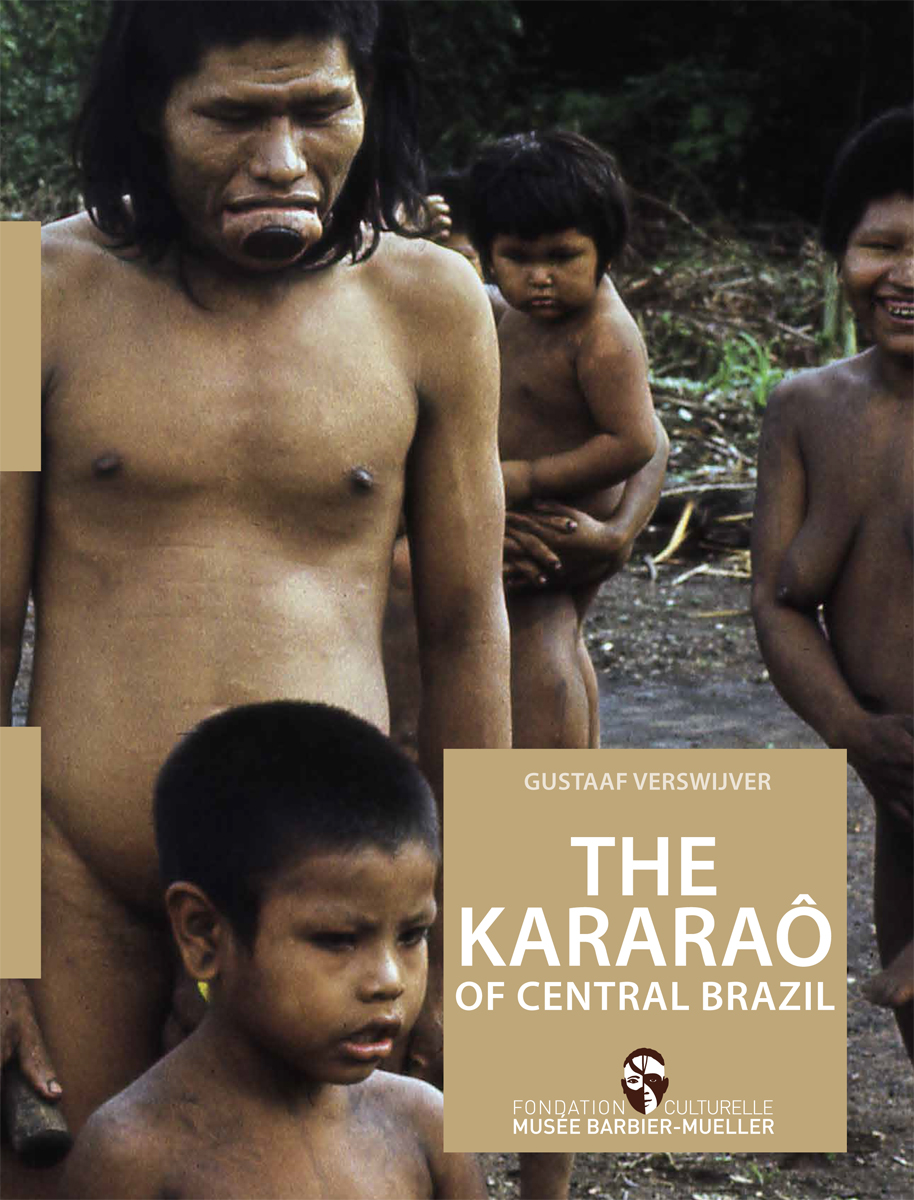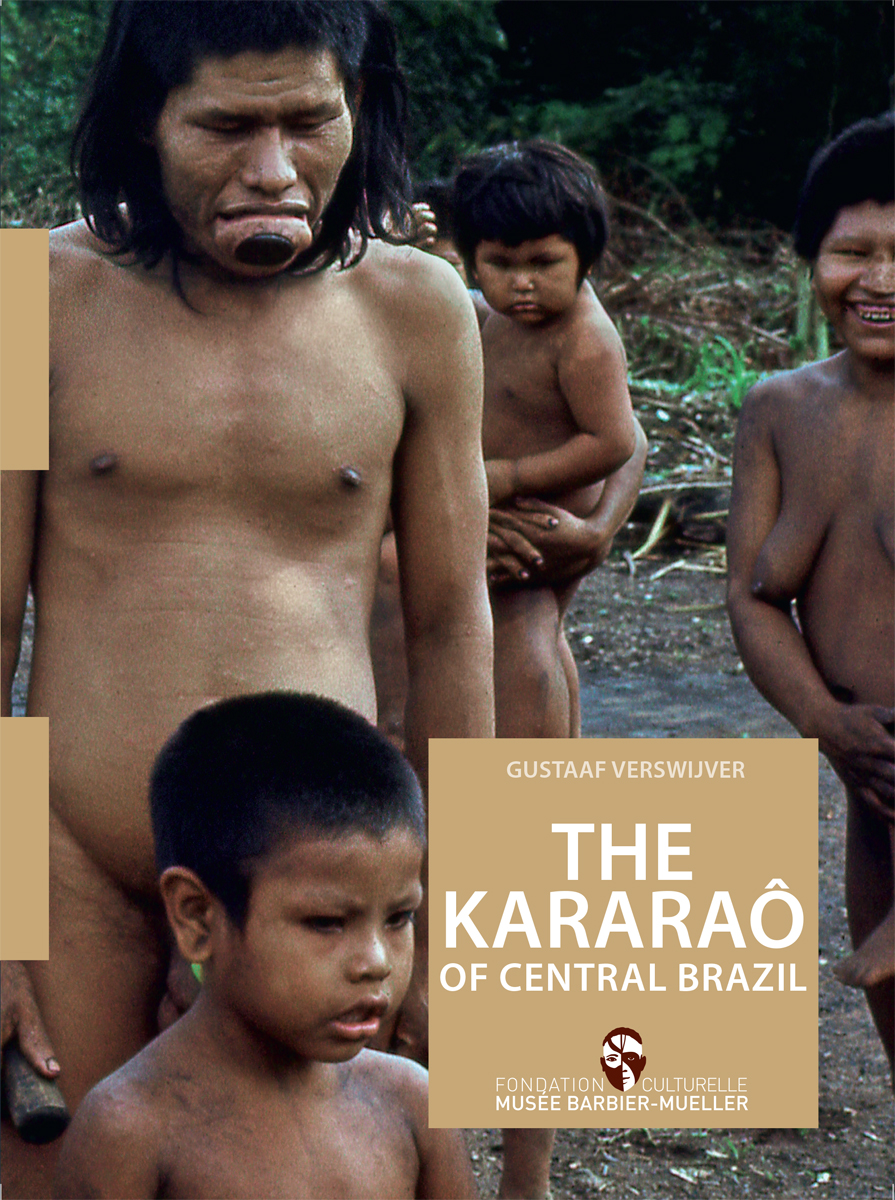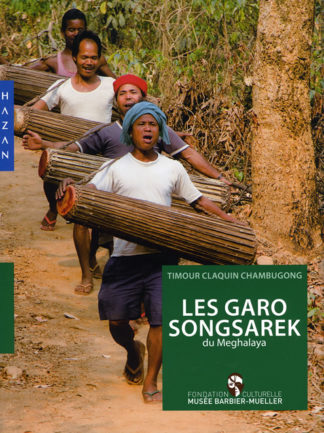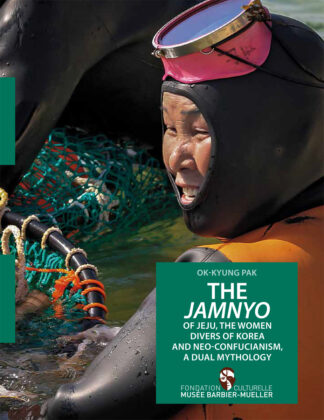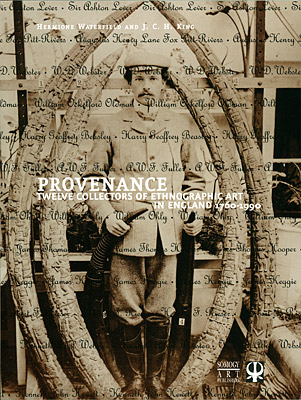Description
Author: Gustaaf Verswijver, 208 pages, 13 maps, 104 colour pictures, 64 black and white illustrations.
Edited by the Fondation Culturelle Musée Barbier-Mueller and Ides et Calendes Editions, 2020.
The aim of this essay is to acquaint people with the Kararaô, a group of Kayapo Indians in central Brazil, who in 2010 numbered only fifty-four, by focusing on their extremely complex history. The anthropologist Gustaaf Verswijver conducted three years of intensive research on the history of this little-known people. Although the Kararaô did not break away from the other Kayapo groups until the early 1930s, their history is composed of an uninterrupted series of splits and mergers, displacements to escape attacks and massacres, and the disastrous consequences of their increased contact with Brazilian society, which at times they themselves sought. This history not only reflects the Kararaô’s struggle for survival, it also attests to the Brazilian state’s inability to provide adequate assistance to them before the 1970s. Finally it shows the impunity of Brazilian caboclos (and their bosses), who set out to eliminate the indigenous peoples.
It is now urgent to take an interest in the Kararaô, in view of the many threats they face. One of the largest hydroelectric dams in the world was constructed near where they live, affecting their fisheries and creating pools of stagnant water conducive to waterborne diseases and malaria. In addition they suffer from deforestation and the illegal exploitation of their lands’ abundant natural resources. Over the last two decades they have succeeded in defending their forest, the source of life that supplies them with food and medicine. But the pressure is building . . .

